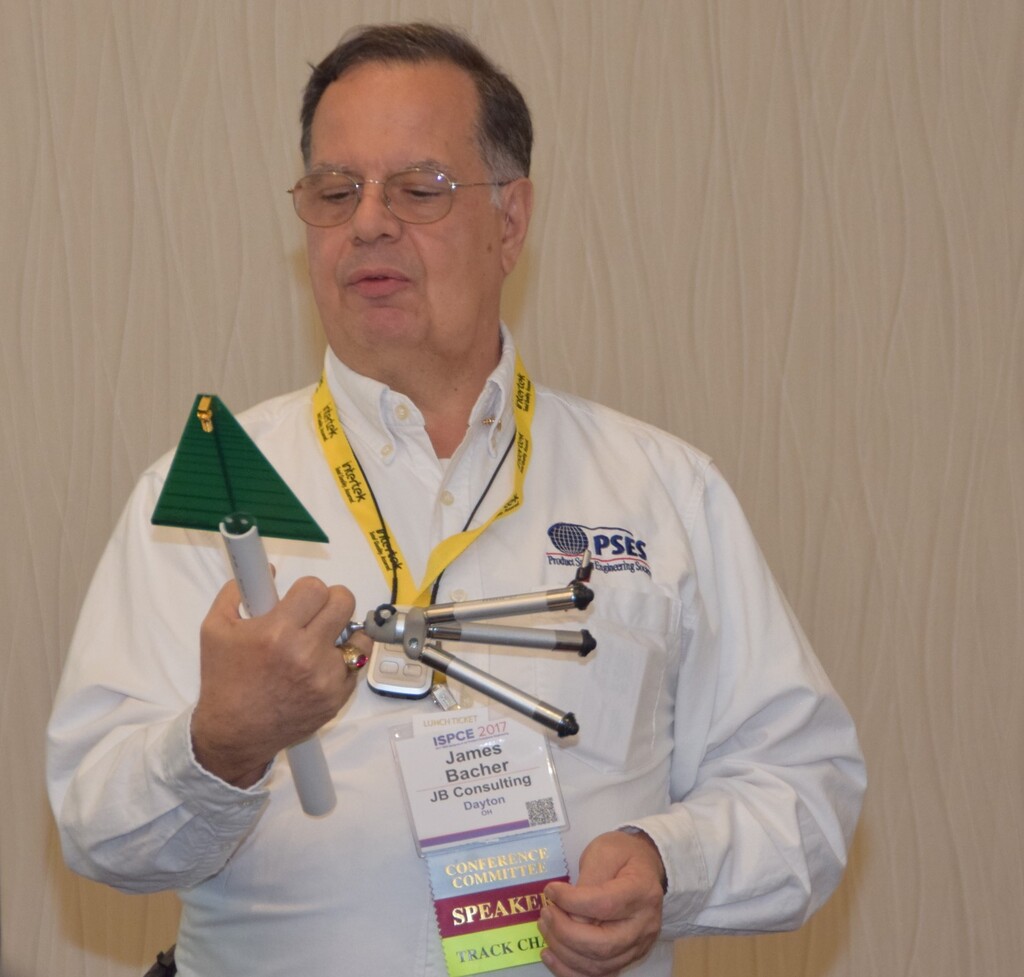I have been involved with certifying products for EMC, Safety Certification, etc. since the 1970s. I crossed paths with my first EMC susceptibility issue about 1973-1974. In 1976 area I ran into a RFI issue when my home built CRT terminal started displaying a full screen of capital H’s on the near by 1962 RCA color TV. The H’s overpowered the local TV station. Some where about 1978, when working for a contract manufacturer, we had a customer come to us with a product that had a failed UL safety certification. So I read up on the safety standard it had failed, and redesigned it to meet the safety standard and fixed all the hardware issues that could be fixed. The product passed on its first attempt to get it through the UL Certification process.
In 1980 I changed companies and part of the job responsibility was dealing with UL, CSA, VDE and the proposed FCC RF emissions standards. To get the company going on a good path for FCC compliance, the company brought in Mike King to educate us on RF emissions and good design practices to minimize RF Emissions. So I had a chance to learn from one of the best EMC Consultants available at that time. I have since set in on many EMC session with others to continue to learn EMC and Safety over the years.
I have successfully dealt with getting products certified to many different standards / issues over the years. I started dealing with transmitter certification about 25 years ago (you can find them in the FCC database), Some of the standards / issues I have dealt with are: Product Safety, EMC, ESD, EN60950, EN55022, EN55024, RFI, EMC, UL-478, UL-114, Transmitter Certification, CB Reports, EMC test reports, transmitter test reports, CCC, SRRC, conflict metals, RoHS, and REACH.
As part of my hobby I was able to design a Packet Radio card with Motorola 2 watt VHF transmitter (FCC ID: KIFPCPKTST) on it and get it to work in a IBM computer, which at a time when people felt radios could not be used anywhere near a personal computer let alone in it.
I have been successfully getting the products through all needed certifications for over 35 years. While most products fail on their first trip to the lab, causing many delays in releasing new products, most of the ones I have had input into from the beginning, passed on the first trip to the lab (safety and EMC). Most of the EMC reports show 6 dB or more of margin . Two products even had test reports where the lab reported no signals found, and that the noise floor of spectrum analyzer was being reported instead. Not bad considering they were both in plastic unshielded enclosures. The reason most products fail is the engineers designed in what I call unintentional antennas. Avoid the antennas and the product should pass. The unintentional antennas are due to not paying attention to return current paths.
In 1970 I passed the FCC’s Third Class Radio Telephone Exam, then in 1971 I passed the FCC’s Second Class Radio Telephone Exam. In 1972 I passed the FCC’s First Class RadioTelephone Operators License Exam. After a while the FCC did a reduction in licenses and my First Class License was converted to a FCC General RadioTelephone Operator License with Radar Endorsement, which I still have. I also have a Amateur Radio Extra Class License WB8VSU.
I have resolved Wi-Fi issues in large warehouses. I also tweaked a UHF repeater performance to match what Radio Mobile projected it would be. During some of the last 35 + years I had a small break from compliance during which I designed products, wrote assembler, C, Pascal, UNIX shell scripts, UNIX System Administration, fixed Wi-Fi performance issues, helped manage a CheckPoint Firewall config, as well as TCP/IP routing.
I occasionally do a presentations on EMC and Lightning Protection. The original presentation was “How to Pass on the First Trip to the EMC Lab”. I go over what I looked for during design reviews that allows products to pass on the first trip to the EMC and safety labs. Current version goes into all the steps need for regulatory compliance not just EMC.
One product where I was not involved with during its original design, I was able to reduce the cost and reduce emissions at the same time. Part of what I did was to remove the copper coating on the plastic enclosures, removed a AC Power Supply, removed a AC Line Filter, and simplified the AC harness. Later on the system board went obsolete and the new board pushed it 5 dB over the FCC Class A limit. With 2 hours of working on it, including setup and tear down of test equipment, I was able to drop it 25 dB with two wire ties. It only had to be a Class A device, but it now has 20 dB of margin to Class A.
I can help you get out of the 90% failure rut and help you move forward to faster product certifications with future products.
Jim
JBRC Consulting LLC
This is a WordPress site hosted on IONOS see: https://www.ionos.com/ Using either of the links below to sign up with them, gives me a small rebate.
website reference : http://aklam.io/arL0Pd
WordPress reference: http://aklam.io/i8BFPA
